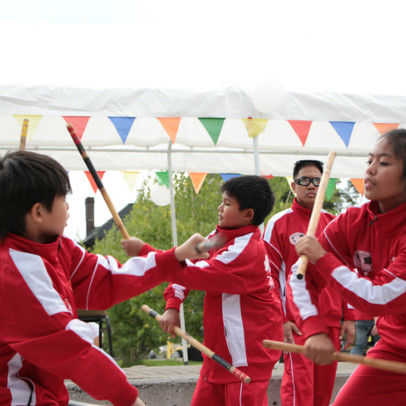Whether we want to admit it or not, most of the popular sports played around the world are the products of Western civilisation. But what did we do to break some sweat before the Europeans brought football and badminton to Southeast Asia? Pretty sure it wasn’t just congkak (mancala games) and wau (kite-flying).
Yes, we do have our own sports, games that are unique to the Southeast Asian region. The following Southeast Asian Games events all have a sizeable following in Southeast Asia, but only one is recognised as an Olympic sport.
1. Arnis

Arnis is a weapon-based martial art native to the Philippines. Unlike other martial arts, training in arnis begins with weapons and progresses to empty hands, although techniques with sticks or blades are still preferred. It is also a pragmatic martial art for combat with less emphasis on things like virtue and way of life. In other words: punch first, meditate later.
Philippines’ national sport made its sole appearance at the 2005 Southeast Asian (SEA) Games Manila and has yet to make a comeback, but it is slated for a return in the 2019 edition of the games to be held in Manila, Clark, Subic and BLT (Batangas, La Union, and Tagaytay) in the Philippines.
Also known as:
Philippines: Eskrima, Kali
2. Muay
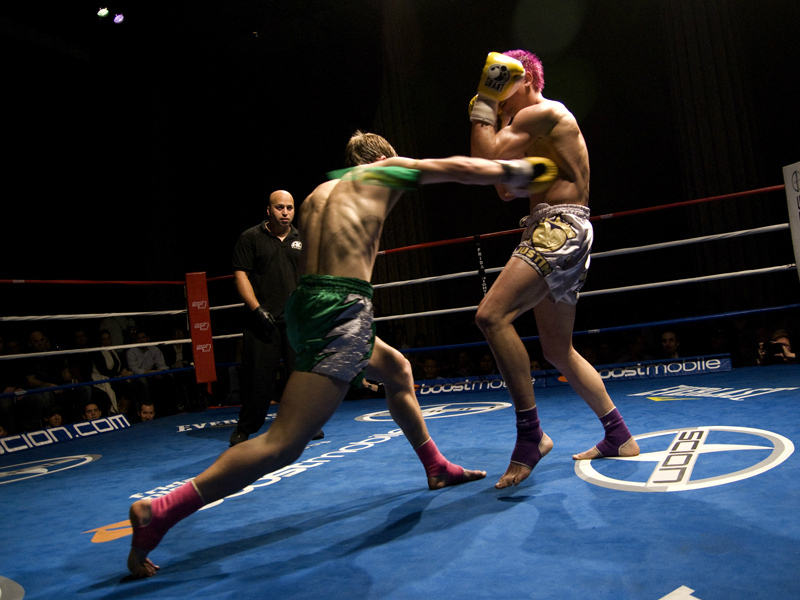
CC BY 2.0Mario_Arias
If you want to get people from Thailand, Cambodia, Laos and Myanmar to argue, all you need to do is ask them who came up with the Southeast Asian-style kickboxing. A point of contention among the countries, the various kickboxing arts found throughout the region is believed to have developed over centuries as different tribes migrated from China before they settled down in Mainland Southeast Asia.
Despite being a popular sport around the world, it was not until the 2005 SEA Games in Manila, that the sport got its full recognition as a medal sport, but not without its share of drama. As it has different iterations throughout Mainland Southeast Asia, not everyone was happy to compete under the name muay Thai. Cambodia went as far as opting out of the sport in protest of the name used to refer to the sport. As a solution to this problem, the martial art is simply referred to as muay in recent SEA Games.
The fact remains that muay Thai, the most popular amongst the various Southeast Asian kickboxing arts, is the only one on the list that has been granted provisional recognition as an Olympic sport.
Also known as:
Thailand: Muay Thai
Laos: Muay Lao
Cambodia: Pradal serey
Myanmar: Lethwei
Malaysia: Tomoi
3. Pencak Silat
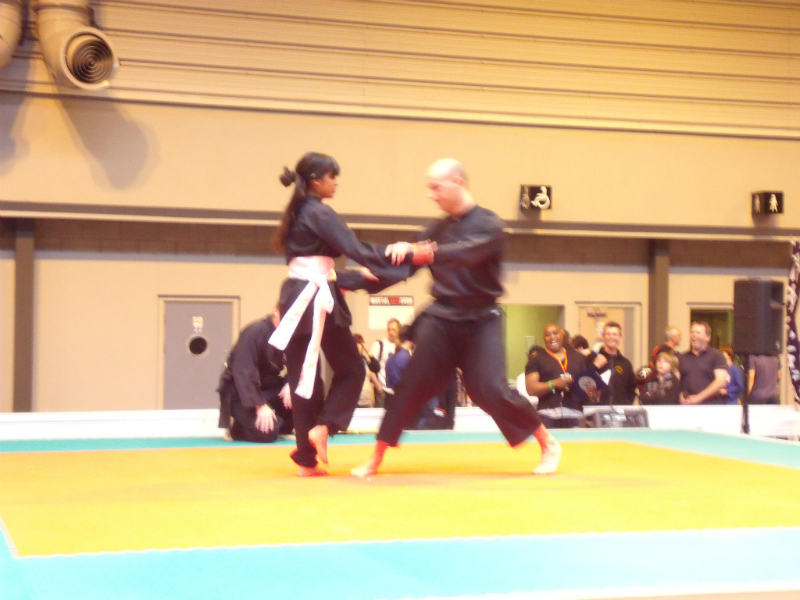
CC BY 2.0John Seb Barber
Now that you know how to ruffle the feathers in Mainland Southeast Asia, let’s continue to wreak havoc in Maritime Southeast Asia. Casually mention ‘silat’ when you have your Malaysian and Indonesian friends around, pour yourself a cup of teh tarik (pulled tea), and enjoy the show.
Silat is a blanket term for various martial arts developed in areas now known as south Thailand, Peninsular Malaysia, Singapore and Indonesia. In Indonesia, silat is combined with another martial art native to the country, pencak, for professional competition purposes. Pencak silat was first introduced as a medal sport at the 1987 SEA Games in Jakarta. Fortunately, Indonesia’s neighbours didn’t mind the name so much, they were just happy to know that they had a higher chance of winning medals with the inclusion of the sport.
Pencak silat is also an Asian Games sport. It was introduced by, you guessed it, Indonesia when the country hosted 2018 Asian Games in Jakarta and Palembang.
Although Vietnam doesn’t have a long silat tradition like its Southeast Asian brethren, it has been dominating in recent international competitions, giving countries like Malaysia and Indonesia a good run for their money.
Also known as:
Thailand: Dika/Buedika, Padik
Malaysia/Indonesia: Gayong/Gayung
Indonesia: Silek, Manca’, Maenpo
4. Vovinam
Okay, we promise you this is the last martial art in this list. Vovinam is a popular martial art in Vietnam which doesn’t have that long of a history compared to the rest on this list, as it was founded as Vovinam Viet Vo Dao in 1938 by Nguyen Loc.
Vovinam was created to provide an efficient technique of self-defense which requires a short period of study. The martial art was introduced at the 2011 SEA Games in Jakarta and Palembang and made a return at 2013 SEA Games in Naypyidaw, Myanmar. Vovinam was slated for an appearance at 2019 SEA Games in Manila, Philippines, but was later dropped from the finalised list of sports.
Also known as:
Vietnam: Vo viet nam, Viet vo dao
5. Sepak Takraw
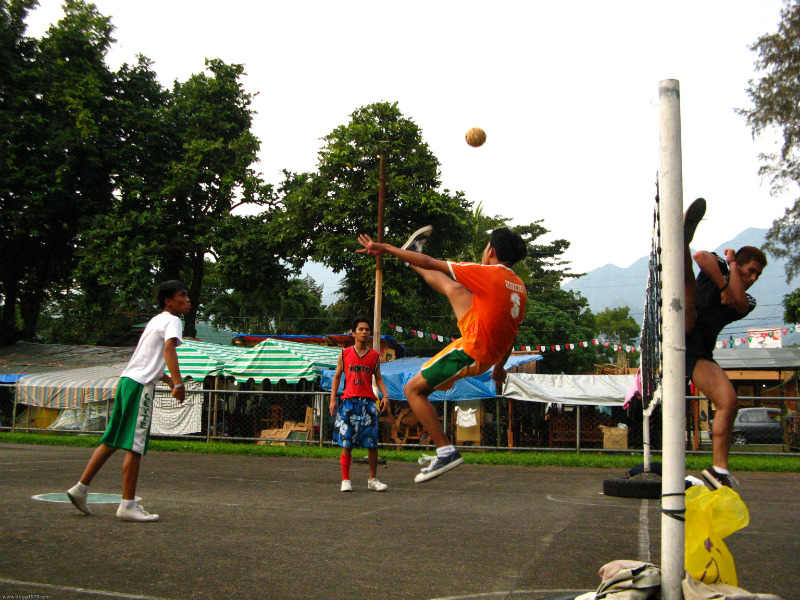
If there’s one sport worth the title of a truly Southeast Asian sport, it would be sepak takraw, a traditional sport played most consistently around the region. Even the name is a combination of two languages: the Malay word sepak, which means ‘kick’ and the Thai word takraw, which refers to the woven ball used in the game.
Sepak takraw is held in a court similar to a volleyball or badminton with a net in the middle. Unlike volleyball, players are not allowed to use their hands to hit the ball. Instead, they need to use their feet, head, knees and chest.
Sounds easy, right? In reality, there’s a lot of acrobatic skills and athleticism involved. It’s like watching a football and volleyball rolled into one, with martial arts thrown in for good measure.
Each country in Southeast Asia has its own sepak takraw rules and traditions, but they had to agree on an official set of rules when it was introduced as a medal event at the 1965 South East Asian Peninsular Games (SEA Games’ predecessor) in Kuala Lumpur.
Sepak takraw had also been included as an Asian Games event since 1990 Asian Games in Beijing, China. Who knows, maybe someday we’ll be able to have sepak takraw as an Olympic sport!
Sepak takraw is considered to be Malaysia’s national sport but it’s Thailand who has the title of the top medal-winning country in the history of both Southeast Asian Games and Asian Games.
Also known as:
Laos: Kataw
Malaysia/Indonesia: Sepak raga
Indonesia: Rago tinggi, cepak, akraga
Philippines: Sipa
Vietnam: Cau may
6. Chinlone
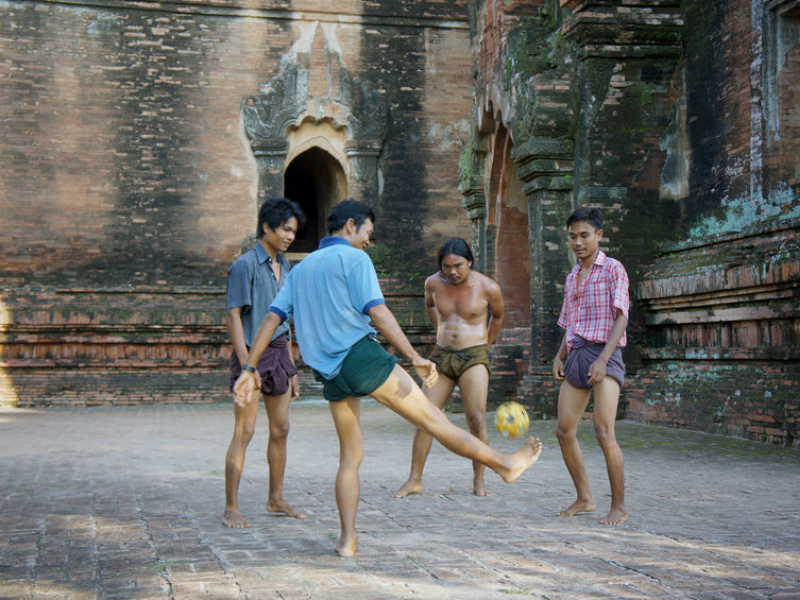
Chinlone is basically a non-competitive sepak takraw, being part-sport, part-dance. First introduced at 2013 Southeast Asian Games in Naypyidaw, Myanmar. It was subsequently relegated to an event under sepak takraw.
7. Shuttlecock
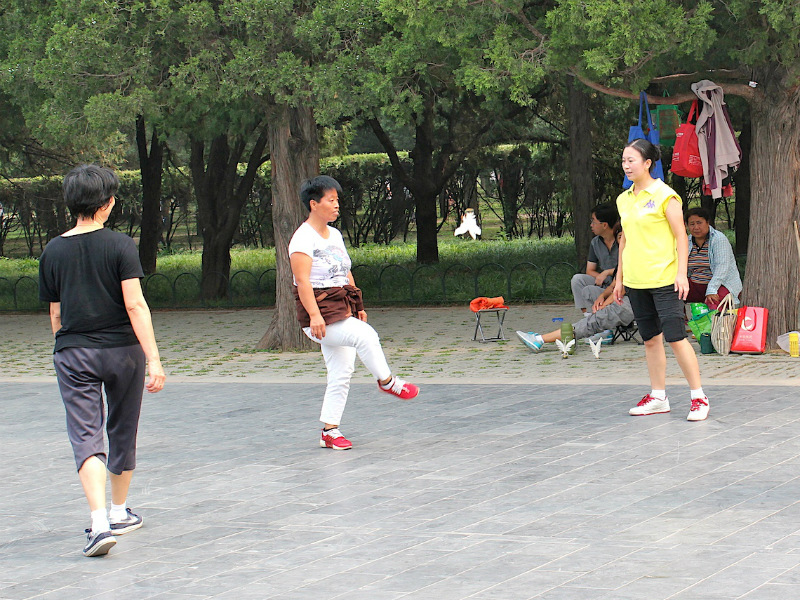
CC BY 2.0Kandukuru Nagarjun
As you’d notice by now, there’s a pattern among the hosts of SEA Games to introduce a new sport. This is because they are given the freedom to introduce a sport, no matter how obscure, or to drop one, no matter how popular it is. This is an important part of the strategy to help the host country to boost its medal tally.
The 2003 SEA Games saw the introduction of shuttlecock as a medal sport. The sport has made its sole return at the 2009 SEA Games in Vientiane, Laos. Although it has its roots in China, the game is very popular in countries like Vietnam and Cambodia.
We find ‘shuttlecock’ to be confusing, as the word also refers to the projectile used in the sport of badminton, but that’s the official name that was chosen for the sport. We prefer to call it foot badminton, because you will immediately be able to imagine how the game works. Just like in sepak takraw, players are allowed to use various parts of the body save for the hands to keep the shuttlecock from touching the ground.
Also known as:
Vietnam: Da cau
Malaysia: Sepak bulu ayam
Indonesia: Sepak kenci
Philippines: Larong sipa
Trivia and fun facts around the SEA Games:
– ASEAN Para Games is a multi-sport event involving Southeast Asian athletes with a range of disabilities, held after every SEA Games since 2001.
– There are no official limits to the number of sports which may be contested in SEA Games.
– Ice sports debuted at 2017 SEA Games in Kuala Lumpur. Among 10 ASEAN countries, only the Philippines and Thailand have participated in Winter Olympic Games.
– The athlete with the most number of SEA Games gold medals is Singapore’s swim queen Joscelin Yeo who amassed 60 medals, including 40 golds.
